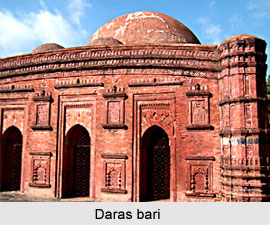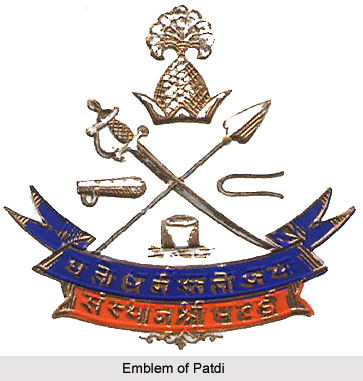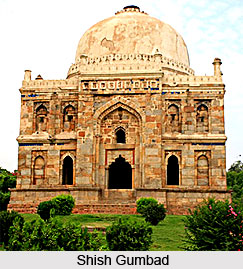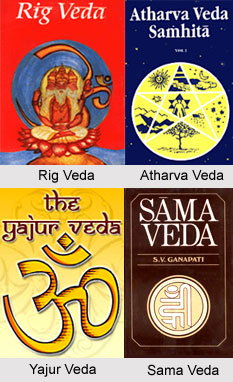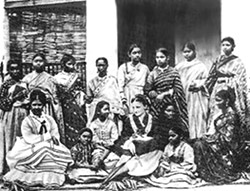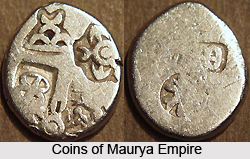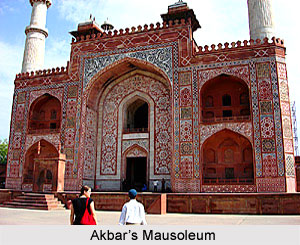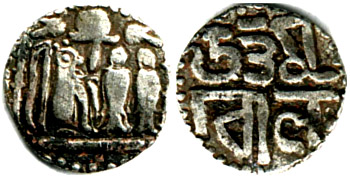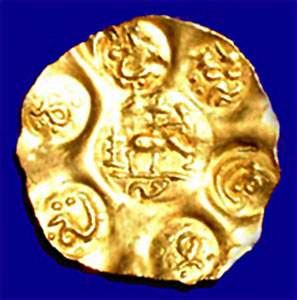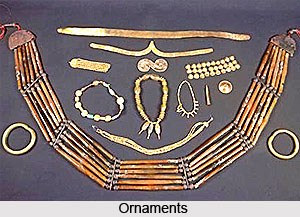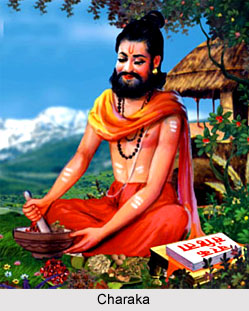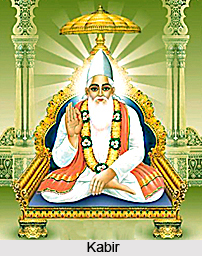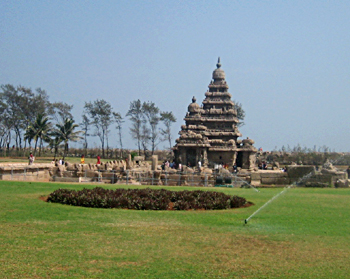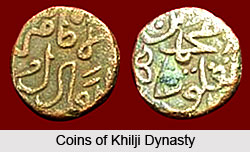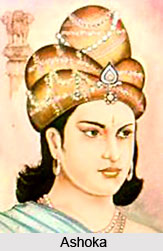After the independence the main demand from the Indian National Congress was to reorganize the provinces into various small states on the basis of language and region. In free India, the idea of reorganization of states, gained a new impetus after the fast and death of Sriramulu, who protested for a separate for Telugu speaking people, Andhra Pradesh. The linguistic state, Andhra Pradesh, was created in the year, 1953.
In 1954, Prime Minister Jawaharlal Nehru, appointed a special commission named State Reorganization Commission (SRC), to dispassionately and objectively question the structure of reorganization of states and to ensure that the welfare of the state and the nation as a whole is promoted. The three special members of the Commission were Mr. Fazl Ali (Chairman), Pandit Hridayanath Kunzru and Sardar K. M. Pannikar.
This commission submitted the draft of the report in September 1955 and recommended three centrally controlled areas for Indian Union and 16 other states. In the scheme of reorganization the states of Travancore-Cochin, Mysore Coorg, Saurashtra, Kutch, Madhya Pradesh, Bhopal, Vindhya Pradesh, Ajmer, Tripura, Himachal Pradesh and PEPSU were given separate entity. With this draft report it was pretty clear that the concept of Part A, Part B and Part C was to end.
Initially Nehru was completely against the formation of Telangana on the basis of linguistic grounds. He observed that separate Telangana would mean further backwardness and poverty in the region. Telangana did not have the required infra structure to scale high in the social and economic ladder. The State Reorganization Act was passed in the year 1956 by the Parliament of India for linguistic reorganization of states that led to the formation of 14 states and 6 Union Territory. This is a massive exercise that was undertaken, not only to establish proper authority and modes of power system, but also to carefully rearrange the cultural, social, linguistic and regional diversities into more controllable spectre of state power. The deep seated cultural and linguistic diversity within the regions and states had to be meticulously negotiated during the process of state formations.
The interface between cultural politics and political geography culminated the need to strengthen the idea of nation building and bring the entire nation together. Long before India achieved its independence the political leaders wanted to reorganize the administrative and political boundaries of the country in sync with the vast cultural and geo linguistic diversity to regenerate the passion among the people of the country.
Soon after India attained independence, the exercise of national building had to be undertaken on a democratic, participative and robust manner. Many people, however, had their apprehensions about the concept of reorganization of states. People like Nehru and Vallabhbhai Patel voiced that the act of linguistic reorganization state might lead to further fragmentation of the nation.
Nehru`s initial scepticism and fear about the disintegrative effect of the reorganization of state disappeared with the formation of Andhra Pradesh as the first linguistic state. Though SRC considered the issues of social and economic viability, size, geo linguistic durability and even the state of riparian states, it mainly focused on redrawing the India map along the linguistic lines. Apart from state creation the process of reorganization of state also lead to conflicts and following decades led to formation of other states.
In 1961 Bombay State was bifurcated to form the two states of Maharashtra and Gujarat. In 1962 the state of Nagaland and in 1966 the state of Haryana were created. Today the 28 States of the Indian Union are Andhra Pradesh, Bihar, Goa, Arunachal Pradesh, Assam, Gujarat, Haryana, Himachal Pradesh, Jammu and Kashmir, Karnataka, Kerala, Madhya Pradesh, Meghalaya, Mizoram, Maharashtra, Manipur, Nagaland, Orissa, Punjab, Rajasthan, Sikkim, Tamil Nadu, Tripura, Uttar Pradesh, West Bengal, Chattisgarh, Uttrakhand, Jharkhand besides the 7 Union Territories.


